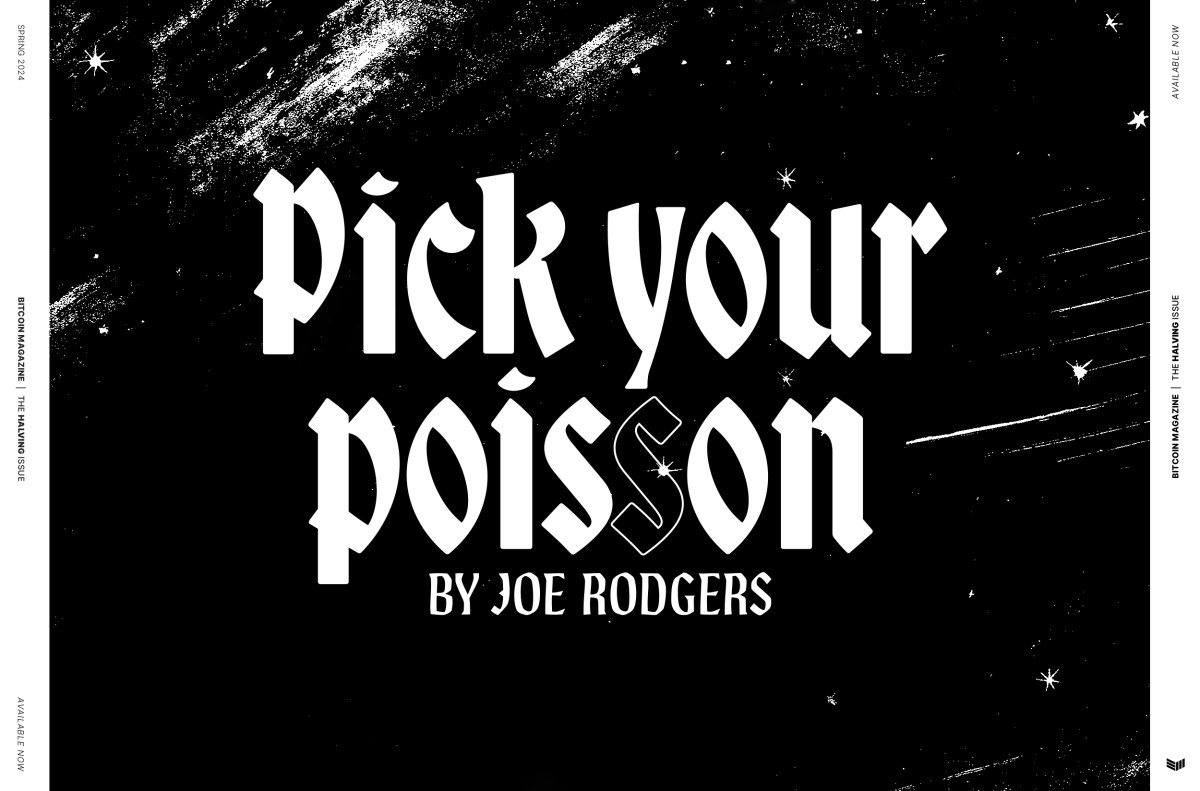
Hoisington Investment Management via Mish
One of the more common beliefs about the operation of the U.S. economy is that a massive increase in the Fed’s balance sheet will automatically lead to a quick and substantial rise in inflation. [However] An inflationary surge of this type must work either through the banking system or through non-bank institutions that act like banks which are often called “shadow banks”. The process toward inflation in both cases is a necessary increasing cycle of borrowing and lending. As of today, that private market mechanism has been acting as a brake on the normal functioning of the monetary engine.
{The demand restoration project is not working yet.-AM)
For example, total commercial bank loans have declined over the past 1, 3, 6, and 9 month intervals. Also, recent readings on bank credit plus commercial paper have registered record rates of decline. The FDIC has closed a record 52 banks thus far this year, and numerous other banks are on life support. The “shadow banks” are in even worse shape. Over 300 mortgage entities have failed, and Fannie Mae and Freddie Mac are in federal receivership. Foreclosures and delinquencies on mortgages are continuing to rise, indicating that the banks and their non-bank competitors face additional pressures to re-trench, not expand. Thus far in this unusual business cycle, excessive debt and falling asset prices have conspired to render the best efforts of the Fed impotent.
(Liquidity trap, using models predicting inflation expectations that are well anchored will result in inflation ... until of course its anchors aweigh, i.e pre 1993 America or the 90s Japan ... what could go wrong? -AM)
The link between Fed actions and the economy is far more indirect and complex than the simple conclusion that Federal asset growth equals inflation. (Credit weasling at the Federales laundromat is a shell game. -AM) The price level and, in fact, real GDP are determined by the intersection of the aggregate demand (AD) and aggregate supply (AS) curves. Or, in economic parlance, for an increase in the Fed’s balance sheet to boost the price level, the following conditions must be met:
1) The money multiplier must be flat or rising;
2) The velocity of money must be flat or rising; and
3) The AS or supply curve must be upward sloping.
The economy and price changes are moving downward because none of these conditions are currently being met; nor, in our judgment, are they likely to be met in the foreseeable future.
Total U.S. debt as a percent of GDP surged to 375% in the first quarter, a new post 1870 record, and well above the 360% average for 2008. Therefore, the economy became more leveraged even as the recession progressed.
An over-leveraged economy is one prone to deflation and stagnant growth. (Thank you, drive through.-AM)
While the Japanese increased leverage for nine years after the bubble highs, neither highly inflated stock and real estate prices nor economic performance could be sustained as debt repayment became more burdensome.
In several years, real GDP may be no higher than its current levels. However, since the population will continue to grow, per capita GDP will decline; thus, the standard of living will diminish as unemployment rises. These conditions will produce a deflationary environment similar to the Japanese condition.
Presently the 10-year yield in Japan stands at 1.3%. Ultimately, our yield level may be similar to that of the Japanese.
(Paging Dr. Rosie. -AM)
(And of course the hyperinflationary argument is that the Federales will blow out the doors in an effort to make reality fit the models. Models and bottles. -AM)
The bottom line is that private debt-based growth is simply not possible, whereas any "growth" we do experience will be as a result of incremental government borrowing and spending, most of which will be in the form of war spending, bailouts, and social service transfers at very low GDP multiplier.




No comments:
Post a Comment